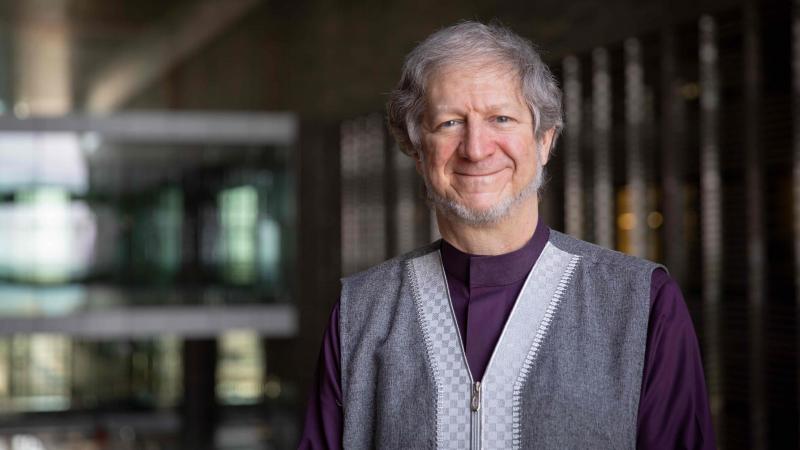From its conception, KAUST was an ambitious project. No other university in Saudi Arabia has aspired to raise Saudi Arabia’s research and education in science and technology to such a level. Throughout, the University has staffed some of the best scientists in their fields, and it is constantly churning out students who are pushing the frontiers of science in academics and industry.
Visiting researchers from all over the world aim to collaborate with us. And when visiting the campus, they will, without fail, marvel at the wealth of equipment and facilities the University provides. Yet the buildings that dot the shores of the Red Sea today were mostly desert and imagination on September 5, 2009. Current staff who have been with the University since its founding admit that on that day, optimism was high, but doubt followed.
However, this May, as KAUST celebrated its 5000th day since the University opened the door to its first class, those same staff see an institute where optimism remains high but doubt has been replaced by accomplishment.
One reason for KAUST’s success has been the academic output, which was almost immediate, according to Associate Professor Jasmeen Merzaban.
"Publications from KAUST in notable scientific journals were prevalent from the start. This has had a significant impact on the image of Saudi Arabia as a research center in the Middle East. One that has attracted talent to the region and retained it," she said.
Indeed, Professor David Keyes remarked that KAUST dominates in national academic publications at a rate seen nowhere else in the world.
"About 80% of the entire Saudi national contribution to Nature-indexed publications has at least one KAUST author. In a country like the U.S., probably no single university has as much as a 5% share," he noted.
One major reason for the high rate of quality publications is that KAUST has always encouraged collaboration across fields. The University is physically designed to encourage interactions with colleagues independent of specialty and incentivizes its researchers to work together.
"KAUST is very modern when it comes to its research directions and provides unique opportunities for multidisciplinary research," said Professor Gilles Lubineau.
"KAUST’s structure has encouraged collaboration across departments. This interdisciplinary mindset took root in the early years, and we are now reaping the harvest," agreed Merzaban.
The collaborative nature works across all levelsThe collaborative nature works across levels, allowing students to explore courses beyond their primary field of study, participate in interdisciplinary research groups, and take advantage of the KAUST research centers that focus on multidisciplinary research themes. The strong relationship that KAUST has forged with industry also allows them to tackle real-world problems. In this way, students take ownership of their projects, which may explain why many start-ups coming from KAUST are initiatives not only by faculty but also by students.
This year, the University is undergoing major change. It was founded to tackle the most fundamental problems of any nation and the world: food, water, energy and the environment. The new KAUST strategy, which was announced in August, will accelerate these efforts and more. With KAUST positioned to make an even greater impact economically and enable Saudi Arabia to realize many of its sustainability goals, an entrepreneurial and collaborative effort is imperative.
None of this, however, will change how KAUST faculty view their role, which, as Merzeban explains, is about preparing a new generation of leaders.
"One of the greatest fulfillments for me has been seeing the students who leave KAUST take the knowledge they acquired here and use it as a foundation for tackling the global scientific community’s most critical problems," she said.

